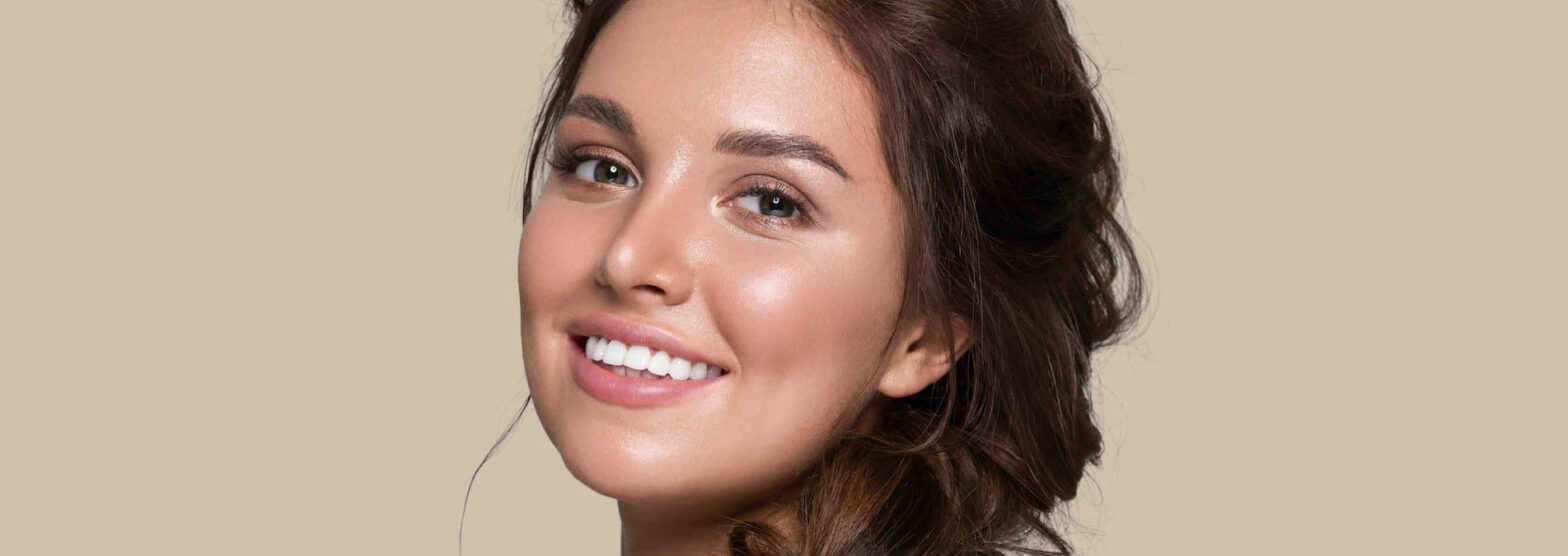Introduction
Styling your hair is an important part of identity and confidence. For many women undergoing a transplant, one of the most exciting milestones is the ability to enjoy hairstyles again without worrying about thinning patches. Still, the first few months after surgery are delicate, and it is important to know how to care for your scalp and new growth.
In this guide, we’ll share practical advice on styling after a hair transplant, covering everything from the early recovery stages to long-term hair care routines. The aim is to help you feel comfortable, confident, and informed every step of the way.
What to Expect in the Early Weeks
After surgery, the scalp needs time to recover. Small scabs, redness, and minor swelling are completely normal during the healing process. In the first two weeks, your priority should be gentle care. Avoid brushing or pulling the hair, as new grafts need time to anchor securely.
By week three, most patients notice the scalp settling. At this point, light grooming such as running fingers softly through the hair or using a wide-toothed comb may feel more comfortable. It is important to follow your surgeon’s instructions on washing routines and avoid any strong styling products in the early stages.
By the end of the first month, most patients feel more comfortable handling their hair. At this stage, light styling such as gentle brushing or loosely parting the hair is usually safe. By the third month, transplanted follicles enter their active growth phase. Many women notice fine new strands beginning to appear. Although these hairs may feel soft or wispy at first, they will gradually thicken over time. Between months six and nine, visible coverage improves significantly, giving you greater freedom to experiment with everyday styles.
For more detailed recovery information, see our guidance on FUE Hair Transplants and FUT Hair Transplants.
Choosing Hair Products That Support Recovery
Post-transplant hair may feel more delicate, particularly in the first few months. Choosing the right hair care products can make a big difference to both scalp health and the appearance of new growth.
- Shampoos and conditioners: Select sulphate-free and fragrance-free formulas to avoid irritation. Look for lightweight products designed for sensitive scalps.
- Styling sprays and gels: If you use them, choose natural or water-based products. Avoid heavy sprays or strong-hold gels that can dry out the scalp.
- Heat styling tools: Keep heat exposure minimal in the early months. If you must use them, apply a protective spray beforehand.
A simple three-step routine, gentle cleansing, light conditioning, and occasional leave-in hydration, is often enough to maintain healthy hair during recovery. Many patients also find that silk pillowcases reduce friction at night, preventing unnecessary stress on delicate new growth.
Patients interested in tailored advice can also explore our Trichology services, which focus on scalp and hair health.
When Is It Safe to Colour or Straighten Hair?
Many women want to return to colouring or straightening after surgery. These treatments are best avoided for at least three to six months. Chemical processes such as bleaching, perming, or dyeing can irritate the scalp while follicles are still recovering.
If you decide to colour your hair, opt for natural dyes or organic alternatives first. Always carry out a patch test and consult your surgeon if you’re unsure. Over time, as follicles strengthen, it is usually possible to return to your preferred colouring routine without risk.
Hairstyles That Protect New Growth
The first year after a transplant is about protecting results. Hairstyles that are too tight, such as ponytails, braids, or buns, can place unnecessary tension on follicles. Instead, focus on looser, more comfortable styles that keep stress away from the scalp.
Popular post-transplant choices include:
- Soft fringes to cover areas while growth develops
- Loose waves or curls for volume and movement
- Layered cuts that blend shorter and longer strands seamlessly
These options provide flexibility while maintaining scalp comfort. For women experiencing thinning across the hairline or crown, women’s hair loss treatments can also be combined with styling for improved density.
Boosting Confidence During the Styling Journey
Hair is closely tied to self-image. During the adjustment period, some women feel anxious about how their hair looks. Simple styling accessories such as silk scarves, headbands, or hats can help you feel more confident while new growth establishes itself.
It may also help to take progress photos every few weeks. Looking back at early recovery images often provides reassurance that growth is improving steadily, even if daily changes feel subtle. In addition, speaking with a specialist or joining patient support groups can be a valuable way to share experiences and build confidence during recovery.
At Fortes Clinic, we recognise that hair restoration is as much an emotional journey as it is a physical one. We provide support before, during, and after treatment to ensure patients feel reassured at every stage. For those looking for non-surgical options, scalp micropigmentation (SMP) can also create the illusion of thicker hair.

Long-Term Styling After a Hair Transplant
Once new hair has matured, usually between nine months and one year after surgery, styling freedom returns. At this stage, you can explore bolder choices, experiment with colour, or even return to regular salon visits.
The key is to maintain good habits long term:
- Protect hair from heat damage with sprays and lower styling temperatures.
- Keep hair hydrated with nourishing conditioners.
- Continue gentle brushing to avoid stress on the scalp.
- Support growth with diet. Foods rich in protein, iron, and vitamins promote healthier strands.
For more lifestyle tips, see our guide on nutrition for hair growth.
FAQs on Styling After Hair Transplant
When can I use styling tools such as straighteners or curling irons?
Most patients can reintroduce gentle heat styling after three to four months. Always use a protective spray and avoid excessive heat settings.
Is colouring my hair safe after a transplant?
Colouring should usually wait until at least the three-to-six-month mark. At that stage, follicles are stronger and less likely to react negatively to chemicals.
How often should I wash my hair during recovery?
In the early weeks, wash as directed by your surgeon, typically every few days with a mild shampoo. By the second month, a more regular washing routine is usually safe.
Can exercise affect hair styling during recovery?
Sweating from intense workouts can irritate the scalp in the first few weeks. Gentle walking is fine early on, but gym routines should be delayed until your surgeon confirms it is safe. For more, see our blog on exercise and hair loss.
Why Choose Fortes Clinic?
At Fortes Clinic, we take a holistic approach to women’s hair restoration. Styling advice is part of our wider service, ensuring every patient feels supported from consultation to long-term maintenance. Our goal is not only to restore hair, but also to help restore confidence.
Conclusion
Styling after a hair transplant is an exciting part of recovery. With patience and the right care, you can safely return to the hairstyles you love. From gentle grooming in the first weeks to long-term styling freedom, each stage is an opportunity to rebuild confidence.
If you are considering treatment or need advice on aftercare, our team is here to help. Book a consultation at Fortes Clinic to discuss your options and create a tailored plan for lasting results.



